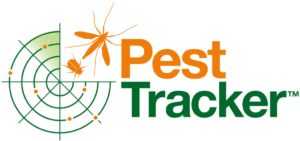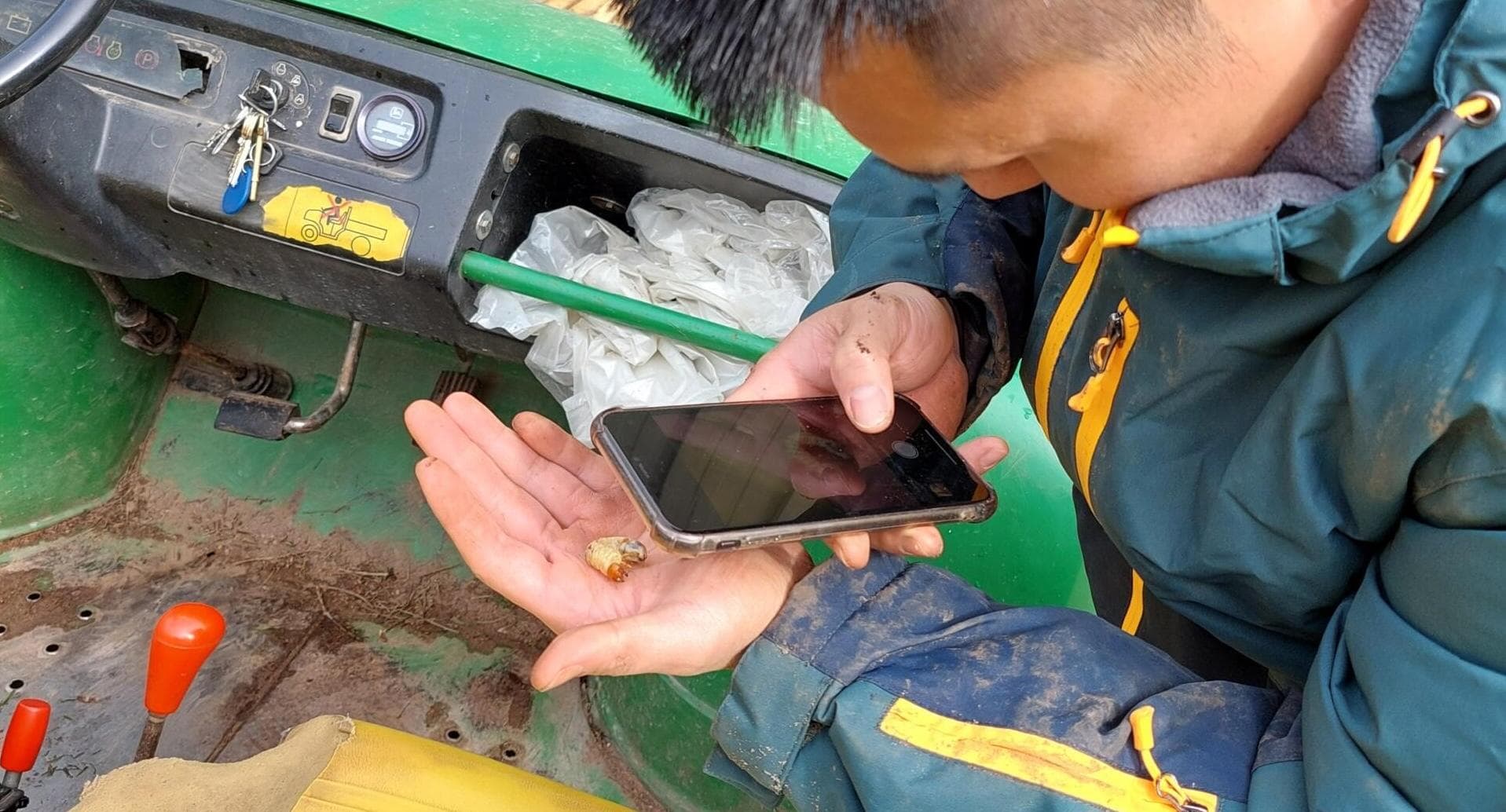As most are already aware the optimum timing for application of Acelepryn for the control of Leatherjackets (Crane fly) is one month after the peak flight (when most of the adult emergence is done). Application at this time really gives the product its best opportunity to effect the pests.
That’s not to say every last crane fly will have flown by the peak, in theory at the time of peak flight just under half will still have yet to burst forth from the ground. So please keep logging sightings on PestTracker, as we’ve said before some areas will be done and dusted by now and others may be still mid flow.
Depending on conditions the flight can come in peaks and troughs, we didn’t see this in the data for 2020 or 2021 with the graphs shooting up pretty sharply with a consistent climb until it dropped off.
Perhaps that can be explained by climate – if the flight is driven by cooler temperatures then if it stays that temperature once the emergence starts then they just keep coming – and we get them all in one flood.

But that’s not what we got in 2019, and 2022 looks to be following that pattern. With an almost ‘false start’ to the flight then drop off in sightings until the main spike a few weeks later.
Perhaps in these years the weather changed a little during that emergence period, and that turned off the ‘lets go!‘ command in those big juicy ready to fly Leatherjackets.
It’s possible we get a third spike in Crane fly sightings now, pushed back by the dry summer. But I think its more likely numbers a just down from a tougher year. Again why its important to keep logging to help rule that out.
If we don’t get another flurry of sightings coming in, that puts the peak flight the first week of October, giving us one month to hold tight until optimum application timing first week of November as the average. Remember where you are geographically will have an affect on flight timings so do factor that in also. I’ll try and get an updated North/South ‘peak flight time’ graph posted to help give resolution with this.
I’ve been able to visit some of our research sites this month, namely STRI up in Yorkshire and ISTI over in Ireland and I’m always looking out for pictures for the blog. Got to see some spent Crane fly pupae skins before they got mown off (my picture is nowhere near as good as most I’ve seen on Twitter).

For anyone who is applying Acelepryn this year I’ll be doing some blogs in the run up to application time to break down the 7 point plan in more detail so we can get the most out of the product!






Bernie Poole
We were very fortunate to have been chosen as a trial site for acelepryn. The results in terms of turf health were stunning. Absolutely stunning. But the picture this year in terms of cranefly numbers is very different. Even taking into account the past remarkable effect of acelepryn, and looking at the wider untreated local area, there is very little evidence at all of Tipula Paludosa. If you look at all the very early studies and experiments carried out on the cranefly, the concensus appeared to suggest that while they are able to survive very severe low temperatures, they are unable to overcome extended periods of drought. The larvae desiccates and there is no coming back from that. After years of increasing hatching numbers following the banning of chlorpyrifos, we have seen none at all this year. None. Hopefully this will reset the cranefly population back to around 2016 levels. It could be, of course, that a major hatch is still to come. Sean, are there any data showing such a late major hatch? We are now a month past our peak hatch of last year. Be very interested to hear from any other areas of UK that have experienced extended drought conditions this year.
2022-10-22 09:51:04
Sean Loakes
Hi Bernie, Thanks for the comment and sorry for the delayed reply! Great to hear you had a good experience with Acelepryn. You make a great point that its been a tough year from a cranefly stand point, and what you've said has generally been reflected in the PestTracker data with way less adult cranefly reported this year compared to last year. I'm hoping it will be something of a reset year for their populations, and we think that will be the case in unirrigated areas. Its not clear how irrigation will affect this, perhaps populations will be down overall but we will see higher pressure in irrigated greens. Water table will also influence this to some degree, so if the dry down at a site was complete, then the populations may be decimated, but where they can burrow down (and they can go surprisingly deep) to depths where there is still moisture this may not have controlled so many. It will be interesting to see what next year brings! Thanks Sean
2022-11-11 13:59:31